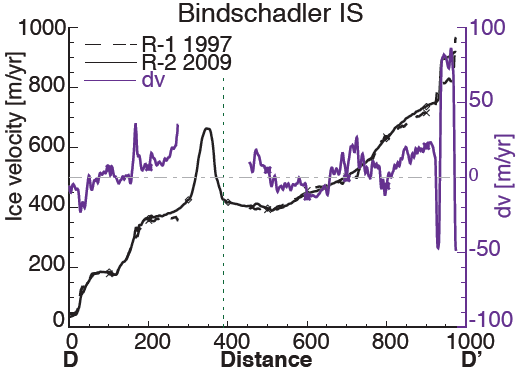Old Rocks
Diamond Member
Kinda like the Medieval Warming Period, huh?Climate Change Deniers are Almost Extinct
Oh, wait -- that really happened. Never know it from AGW "science", though.
Another ignoramous chimes in on what he knows nothing of.
Reconstructing the climate of medieval Europe | Ars Technica
To try and understand the temperature variations, the researchers then examined correlations between their climate reconstruction and known volcanic activity and solar activity. They found at least one cold year in the following three years after major volcanic eruptions. Generally, warm years coincided with years of high solar activity, and vice versa. The one exception was at the end of the medieval warm period; the researchers speculate that deforestation in Europe may have increased the local albedo enough to compensate for the solar activity.
With all that established, what of the medieval warm period? Well, the weather was certainly warmer in Northern Europe and in the North Atlantic, but it was colder and more variable in Southern Europe. After roughly 1400 CE, the less stable weather expanded to Northern Europe and both areas cooled.
The little ice age, on the other hand, was common to most of the continent. The point is that if one used just Northern Europe's tree ring data, the medieval warm period would look very strong, while Southern European proxies would show no warm period. Only by combining data from throughout Europe can one see just how local the medieval warm period actually was.
This is pretty much what climatologists had concluded alreadyat least as far as the medieval warm period goes. What's important in the new way is that the temperature reconstruction drawn from the proxies resulted in what seems to be a more accurate temperature reconstruction. Because the calibration was internal, the different proxy data sets could be more accurately combined with each other and used to draw much stronger conclusions than previously.
Proxy-based reconstructions of hemispheric and global surface temperature variations over the past two millennia
Following the suggestions of a recent National Research Council report [NRC (National Research Council) (2006) Surface Temperature Reconstructions for the Last 2,000 Years (Natl Acad Press, Washington, DC).], we reconstruct surface temperature at hemispheric and global scale for much of the last 2,000 years using a greatly expanded set of proxy data for decadal-to-centennial climate changes, recently updated instrumental data, and complementary methods that have been thoroughly tested and validated with model simulation experiments. Our results extend previous conclusions that recent Northern Hemisphere surface temperature increases are likely anomalous in a long-term context. Recent warmth appears anomalous for at least the past 1,300 years whether or not tree-ring data are used. If tree-ring data are used, the conclusion can be extended to at least the past 1,700 years, but with additional strong caveats. The reconstructed amplitude of change over past centuries is greater than hitherto reported, with somewhat greater Medieval warmth in the Northern Hemisphere, albeit still not reaching recent levels.
Science from scientists, not flapyap from nincompoops.







